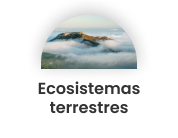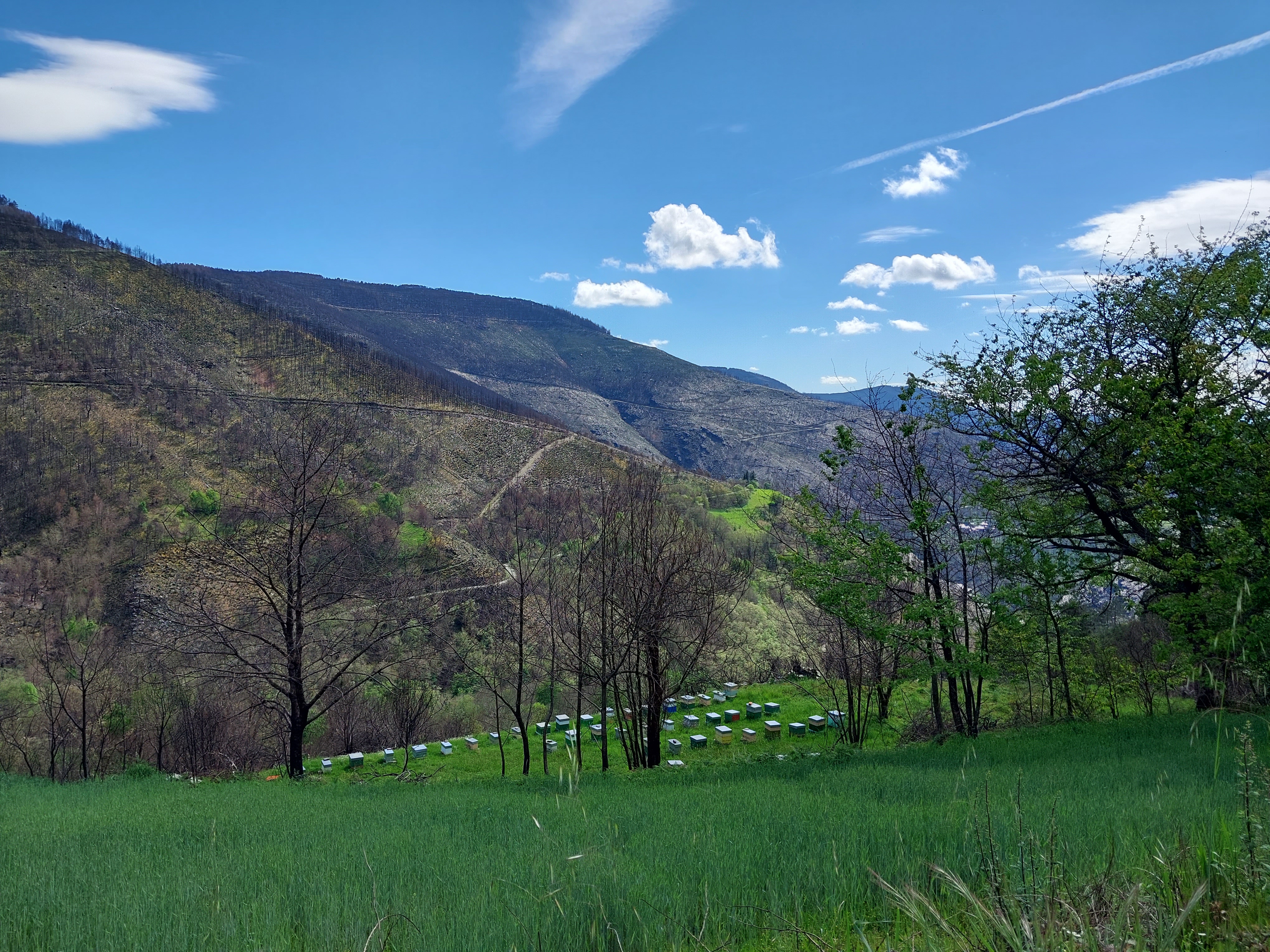
Active Communities and Landscapes Resilient to Wildfire and Climate Change (CAPRIF-CC)
PRTR Call for Proposals Project
Line of action:
Terrestrial ecosystemsStatus:
En ejecuciónLocation:
Lugo, Ourense, A Coruña and Pontevedra (Galicia) and Asturias (Principality of Asturias)Geographic scope:
EspañaExecution date:
2024Duration:
09/02/2024 - 31/12/2025Typology:
Sustainable forest managementTotal budget:
1,207,702.82 eurosAmount of aid from the Biodiversity Foundation:
1,147,317.67 euros (95%)Centro de Estudos Euro Regionais Galicia Norte De Portugal Foundation (CEER)
Montescola Foundation
Galician Association of Custody of the Territory (AGCT)
Wood Technology and Forestry Center Foundation (CETEMAS)
In the context of the global challenge of the climate and biodiversity crisis, the northwest of the Iberian Peninsula is facing a progressive abandonment of rural environments, resulting in the loss of community cohesion and a lack of effective and multifunctional forest management, which is exacerbated by land fragmentation and limited land mobility. This causes dysfunctions and imbalances in ecosystems that affect biodiversity and other ecosystem services, increasing the vulnerability of the territory to the adverse effects of Climate Change, such as large forest fires that, in 2022 alone, affected more than 58,000 ha between Asturias and Galicia. Well-planned and managed forests and agroforestry areas increase biodiversity and land resilience. Active forestry with nature-based forestry models is key to fire prevention and the provision of multiple ecosystem services, such as regulation of the hydrological cycle, erosion prevention, carbon capture and sequestration, shelter and food for wildlife species and pollinator augmentation.
The implementation of innovative initiatives for socioeconomic revitalization to strengthen the capacities of rural communities and involve them in the sustainable management of their forests, from a multifunctional and integrated perspective, allows combining economic profitability based on local resources with the conservation and restoration of biodiversity and the environmental, landscape and cultural values of these territories. The Montes Vecinales en Mano Común or land stewardship entities in areas of high natural value are an opportunity to manage large areas and co-create, through public participation and public-private cooperation networks, models that promote the bioeconomy, green employment and gender equality as a means to address the ecological transition and the demographic challenge.
The project aims to promote multifunctional and therefore sustainable forest management models that directly influence the maintenance of landscapes. The project will also work on the recovery of areas burned in the fires of Asturias in 2023 and Galicia in 2022 and on the ecological restoration of areas of environmental value within the 5 livingLabs.
The main objective is to co-create innovative initiatives of multifunctional forest management with rural communities in areas of high natural value and/or burned areas of Galicia and Asturias to increase their resilience to forest fires and Climate Change demonstrating the compatibility with the generation of local economy and employment.
- Pilot actions to improve biodiversity starting with mapping of 12,900 ha, 5 technical studies, conservation and restoration actions of 30 species (including flora species such as Campanula adsurgens and Narcissus psudonarcisus, and fauna species such as the bear (Ursus arctos) and the grey partridge (Perdix perdix) in 25 ha, elimination of IAS in 20 ha, landscape improvements in 5 ha and 30 ha of firebreak areas. Also includes FSC certification (7,000 ha).
- Collaborative bioeconomy network in 5 areas: Map of talent in each area, atlas of best practices and training sessions (300 participants), 50 visits to exchange best practices between communities in the network and 15 networking sessions to co-create the management model, advice to 8 entrepreneurs/businesses, 5 feasibility studies, training of 45 people in sustainable beekeeping and differentiated marketing, and implementation of a pilot plan of 6 sustainable tourism experiences (150 participants). In addition to FSC certification (7,000 ha) and certification of ecosystem services, this includes the preparation of Ecosystem Services certification documents, carbon and biodiversity payments (4 sponsorship and patronage agreements, 10 land stewardship agreements). It expects to generate 5 jobs per year and 4 female workers for the promotion of green employment and the participation of women (5 for technical studies).
- Generation of a collaborative network of Living Labs for a fluid transmission of scientific and technical knowledge, promoting good environmental governance and social participation in nature conservation and territorial management.
- Territorial analysis and study for the review and development of forest management projects and definition of strategic action areas for forest fire prevention and biodiversity conservation.
- Development of pilot actions for the creation of biodiverse, fire resistant and climate change resilient landscapes.
- FSC certification of forest management and chain of custody extended to ecosystem services and establishment of sponsorships, partnerships and payments for carbon and biodiversity.
- Development of sustainable economic activities that promote green employment and rural entrepreneurship.
- Management and monitoring.
- Communication, dissemination and transfer plan.


Active Communities and Landscapes Resilient to Wildfire and Climate Change (CAPRIF-CC)









 back to search
back to search